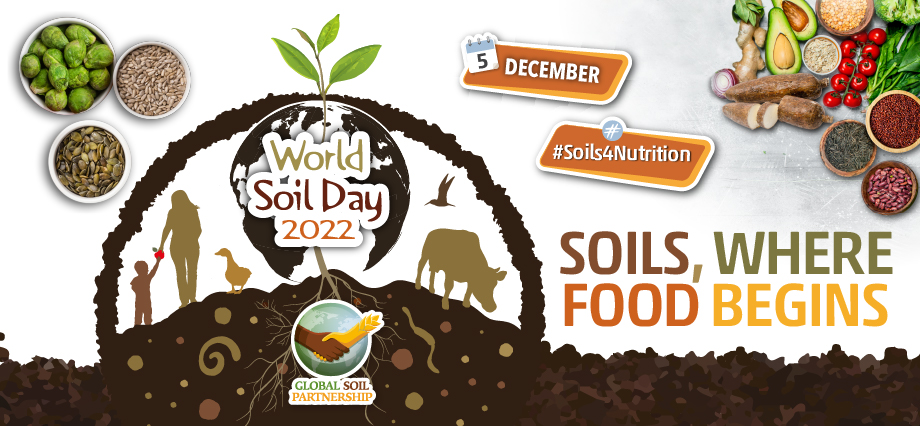Angeliki Kourmouli, Senior Research Associate Lancaster Environment Centre
a.kourmouli@lancaster.ac.uk Twitter:@AKourmouli

Photo credit: Thomas Downes
All human activities, from breathing to burning fossil fuels, emit carbon dioxide (CO2) to the atmosphere. Once the CO2 molecules are in our atmosphere, they absorb and radiate heat, and together with a group of other gases, they create the greenhouse effect. Because of this effect, we are able to live on this planet without freezing to death! However, because of the increases in our activities the concentration of atmospheric CO2 has been rapidly increasing, breaking a record high in 2021 [1] trapping more heat in the atmosphere and increasing global temperatures.
It’s not all doom and gloom though since trees can take CO2 from the atmosphere and use it as a source of energy via a process called photosynthesis. The trees will use CO2, together with sunlight, water and nutrients from the soil, to grow, as well as transport it via their roots to the soil. The carbon (C) in the soil will either be used as a source of energy from the microorganisms living there, converted to unavailable forms, and kept stored securely in the soil and some of it will return to the atmosphere as CO2. That means even minor changes in the atmospheric CO2 can have huge effects on the soil’s ability to store and release carbon, potentially releasing even more C to the atmosphere and amplifying global warming.
The entire world’s forests are estimated to store about 86 times more carbon [2] than what the entire world emitted just last year [3] and about half of it is stored in the soil. For decades, scientists focused their research on young trees to observe the effects of elevated CO2 on the forest ecosystems, ignoring the mature trees, as they thought they were not able to take up more C from the atmosphere, but alas they were wrong! Mature forests, even as old as 800 years old, are still able not only to take up C from the atmosphere but also to store it in the soil securely [4], assisting in offsetting the atmospheric CO2 emissions.
My research focused on the only mature forest experiment in the Northern hemisphere, where the entire woodland is exposed to atmospheric CO2 concentrations that all of us will experience in less than 30 years’ time [5]. More specifically I am interested in how the roots, the soil microbes, and the soil nutrients will respond to higher atmospheric CO2 concentrations and if their intertwined interactions will change in the future.
2 Pan, Y., et al., (2011). A large and persistent carbon sink in the world’s forests. Science.
3 https://www.iea.org/news/global-co2-emissions-rebounded-to-their-highest-level-in-history-in-2021
4 Luyssaert, S., et al., (2008). Old-growth forests as global carbon sinks. Nature.
5 https://www.birmingham.ac.uk/research/bifor/index.aspx
Walnut smothered-in-syrup cake
A syrup-dripping recipe coming directly from a Greek mum.
Ingredients
For the cake:
2 cups of ground walnuts, ideally finely ground
1 cup of panko breadcrumbs, or make your own
1 cup of white sugar
5 eggs
20 grams of baking powder
1 shot of raki (cognac will do as well)
For the syrup:
2 cups of water
1.5 cups of white sugar
A few cloves
Peels from half a lemon
Method
Start with the syrup, the key in this recipe is cold syrup warm cake. Also, you will need a square or rectangular baking tray instead of a round one.
Add the syrup ingredients to a pot and boil for 5 minutes. Remove the cloves and the lemon peels and let it cool down.
Add the dry ingredients (walnuts, breadcrumbs, sugar, and baking powder) in a bowl and combine. Add the eggs and the alcohol and mix well. You do not want your mix to be very runny but equally you do not want it dry. If needed, you can add another shot of alcohol, or two, but do not overdo it!
Place it in a preheated oven at 180C for about 45 minutes or until nicely brown. You can use a knife to check whether it is thoroughly baked inside. Remove from the oven and portion it immediately in multiple squares (be careful it is hot!). With a ladle pour slowly the syrup covering the cake entirely. Do not worry if the cake looks like it is drowning, it will absorb the syrup.
